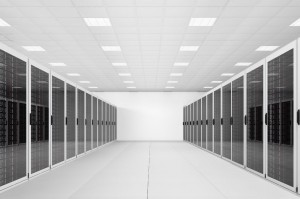 Even the smallest spaces that house critical data can’t be treated like just another closet. Here’s how to make sure critical data spaces stay operational and efficient.
Even the smallest spaces that house critical data can’t be treated like just another closet. Here’s how to make sure critical data spaces stay operational and efficient.
Facility managers are often responsible for critical spaces that can range from a small converted closet that now contains a network rack to a very large data center that requires a map and column labels to navigate. Even the smaller spaces cannot be treated as any other closet or obscure room. In most cases, organizations are crucially dependent upon the 1s and 0s flying in and out of these rooms. While the facility department is not responsible for the IT equipment itself, it is typically held accountable for delivering adequate cooling, power, fire suppression, and security. That makes it important for the facility manager to understand the various systems typically found in these critical rooms, recommended maintenance practices, and needed processes to ensure business uptime.
Note that the term “critical environment” can include rooms or buildings that support high priority or dangerous processes, such as in a healthcare, industrial, and power generation facility. While the focus of this article is data centric spaces, the principles discussed can be expanded to support other critical environments. [Click read the rest of the article as published in Building Operating Management.]






